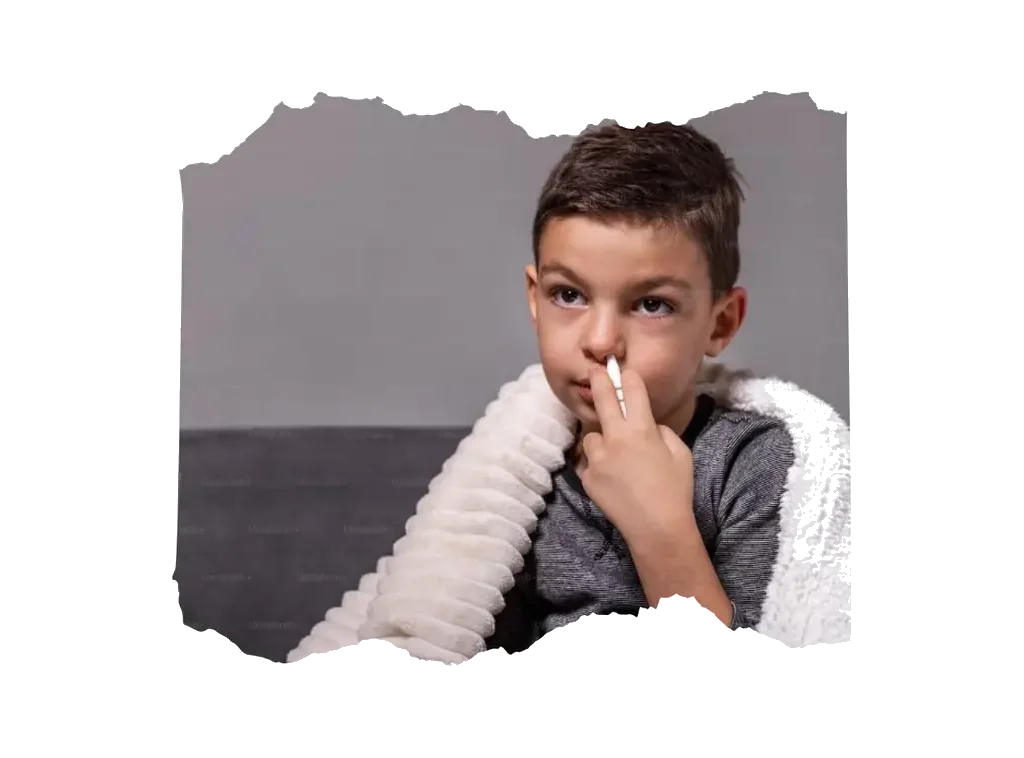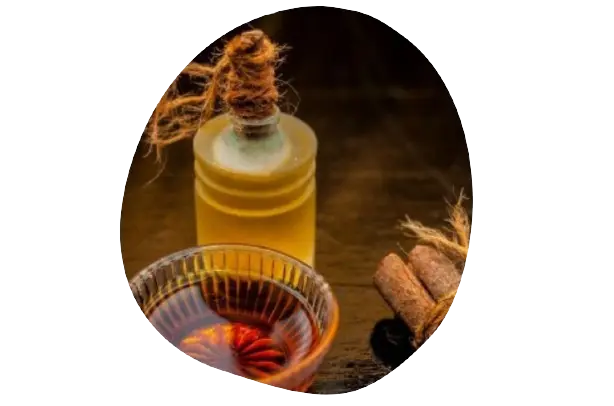In-Depth Analysis of Seasonal Remedies for Pollen Allergy Treatment at Home
Pollen allergies, commonly known as hay fever or allergic rhinitis, are caused by the body's immune system overreacting to pollen particles from plants like trees, grasses, and weeds. These tiny particles can lead to symptoms such as sneezing, itchy and watery eyes, a runny nose, and congestion, particularly during specific seasons when pollen levels are high.


Why Seasonal Remedies are Crucial :
- Natural and Holistic Approach: Seasonal remedies often involve natural ingredients and holistic practices that can be gentler on the body compared to pharmaceutical options.
- Reduced Side Effects: Many over-the-counter allergy medications can cause side effects like drowsiness. Natural remedies typically have fewer side effects.
- Cost-Effective: Home remedies can be more affordable than prescription medications.
- Empowerment: Understanding and using home remedies can give individuals a sense of control over their health.

Detailed Insights into Home Remedies for Pollen Allergy
1. Antihistamines
- Function: Block histamine, a chemical released during allergic reactions that causes symptoms like itching, swelling, and mucus production.
- Timing: Most effective when taken before exposure to allergens.
- Forms: Available as oral tablets, nasal sprays, and eye drops.
- Examples: Cetirizine, loratadine, fexofenadine.
Why It Matters: Antihistamines are essential for quick and effective relief from allergy symptoms, making them a go-to option during peak allergy seasons.

2. Nasal Corticosteroids
- Function: Reduce inflammation in the nasal passages, targeting the root cause of congestion and other nasal symptoms.
- Usage: Best used consistently during allergy season for maximum effectiveness.
- Forms: Nasal sprays.
- Examples: Fluticasone (Flonase), mometasone (Nasonex), budesonide (Rhinocort).
Why It Matters: Nasal corticosteroids are considered one of the most effective treatments for allergic rhinitis. They provide comprehensive relief from nasal symptoms by addressing inflammation rather than just masking symptoms.

3. Decongestants
- Function: Shrink blood vessels in the nasal passages to relieve swelling and congestion.
- Forms: Available as oral tablets and nasal sprays.
- Usage: Effective for short-term relief; nasal sprays should not be used for more than a few days to avoid rebound congestion.
- Examples: Pseudoephedrine (Sudafed), oxymetazoline (Afrin).
Why It Matters: Decongestants provide rapid relief from one of the most uncomfortable symptoms of allergies—nasal congestion—allowing for easier breathing during high-pollen periods.


4. Leukotriene Receptor Antagonists
- Function: Block leukotrienes, chemicals involved in the allergic response that contribute to inflammation, bronchoconstriction, and mucus production.
- Usage: Often prescribed for those with both asthma and allergies.
- Example: Montelukast (Singulair).
Why It Matters: These medications are particularly useful for individuals who experience both respiratory and allergy symptoms, offering a more comprehensive approach to treatment.

5. Immunotherapy (Allergy Shots or Sublingual Tablets)
- Function: Gradually desensitize the immune system to specific allergens, reducing the severity of allergic reactions over time.
- Process: Involves regular exposure to small amounts of the allergen through injections or sublingual tablets.
- Duration: Long-term commitment, often lasting several years, but can result in lasting relief.
- Examples: Allergy shots tailored to specific allergens, sublingual tablets for grass or ragweed pollen.

6. Lifestyle Adjustments and Natural Remedies
- Function: Reduce exposure to allergens and manage symptoms through non-medical means.
- Examples:
- Monitor Pollen Counts: Stay indoors during high-pollen times, usually early morning or windy days.
- Use Air Purifiers: Equip your home with HEPA filters to reduce indoor pollen levels.
- Rinse Sinuses: Use saline nasal sprays or a neti pot to flush out pollen from nasal passages.
- Shower After Being Outdoors: Wash off pollen to prevent it from spreading indoors.
Caution : Remember, these natural remedies complement conventional treatments. Always consult a healthcare provider, especially if you’re pregnant, nursing, or have underlying health conditions.
Key Points for Your Readers
- Prepare Ahead: Start treatments before the allergy season begins to stay ahead of symptoms.
- Tailor Your Approach: Use a combination of treatments for comprehensive relief.
- Stay Informed: Monitor local pollen counts and adjust activities accordingly.
- Consult a Healthcare Provider: Personalized advice from a healthcare professional can optimize treatment strategies.


Conclusion
Seasonal remedies are a key component of effective allergy management. By understanding the different treatments available and how to use them, your readers can minimize their symptoms and improve their quality of life during allergy season. Whether through medications, lifestyle changes, or a combination of both, taking a proactive approach is the best way to stay comfortable and healthy when allergies strike.